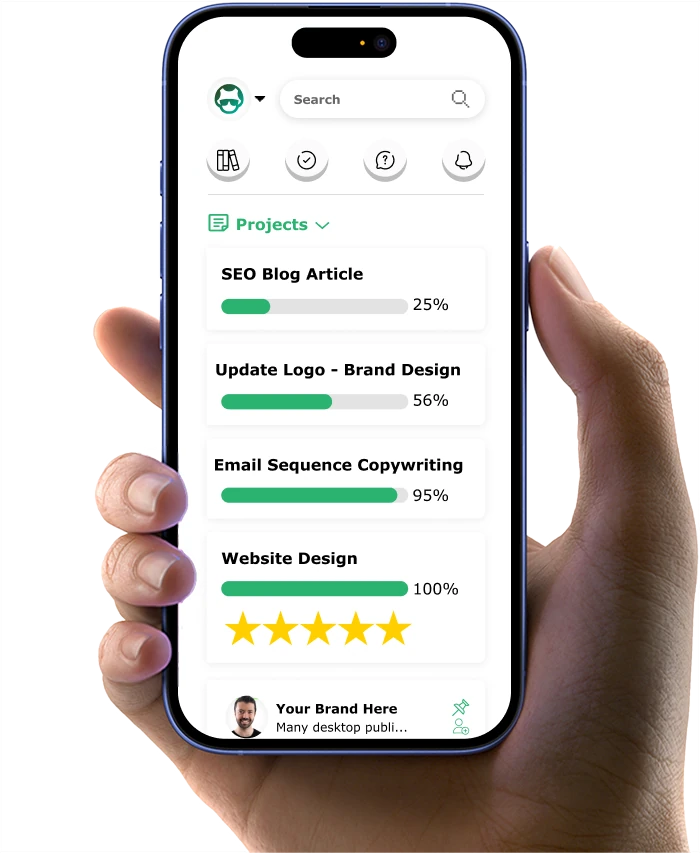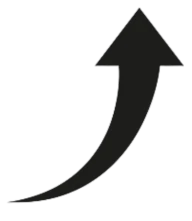Does Simple Convert Better? 4 “Boring” Sales Funnels Analyzed…
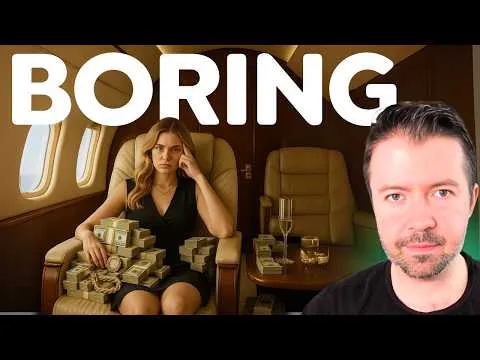
While marketing gurus are selling you on fancy designs and complex templates, boring funnels are quietly printing money. But why? And how?
I'm talking four to five basic pages with little copy in many cases, and profit margins that would make most agencies melt with jealousy.
After 19 years of building funnels that generate six and seven figures, I've learned one uncomfortable truth: Your belief that there's a "right answer"—that a funnel has to be perfect, complex, or that there even is a right answer at all—is potentially costing you millions.
In today’s article / video, I’m showing you 4 “boring funnels” that converted millions, including the simple funnel that led us to grow 936% in just 8 months, cracking 7 figures as a company for the first time with healthy margins.
What you’ll get:
- The "boring funnel" formula — Why removing steps (not adding them) is the fastest path to profit
- The proven way top brands earn trust before asking for a sale.
- Easy ways to spot and fix the friction that’s stopping your best leads.
- The tactical principles — What separates multi-million dollar winning funnels from good-looking but money-losing disasters
- Actionable steps to build your own boring but profit-printing sales funnel
Let’s get started…
Want to build a high-converting sales funnel—without the trial-and-error guesswork and expensive mistakes? Download our free checklist: 11-Point Perfect Sales Funnel Checklist and discover how to create custom funnels that convert, stand out from competitors, and scale your business without the overhead.
The Big Lie Exposed
Most of the advice you hear from marketing gurus is about ego, not results.
They want you to believe that beautiful design equals more sales. But in reality, the prettiest funnels often convert the worst.
According to Leeline, 79% of marketing leads never convert into sales due to a lack of lead nurturing.
This means that even the most visually stunning funnels fail without consistent follow-up and relationship-building. Conversion success isn’t about design—it’s about trust, timing, and nurturing your leads through the process.
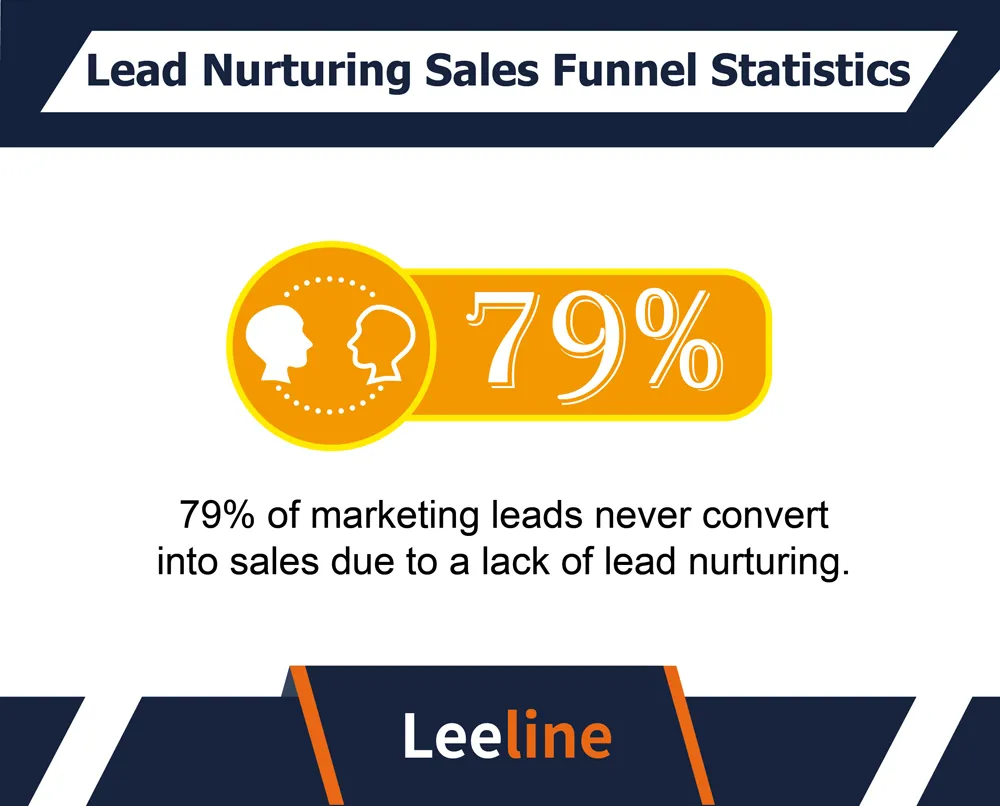
Boring Funnel #1 - Seven Steps, Massive Revenue
One SaaS business built a seven-step funnel that turned $4,133 in Facebook ads into an extra $212,000 in annual recurring revenue. How? They wrote several blog posts and ran ads to those posts, using both traditional and retargeting strategies.
Retargeting ads kept their costs low, and the funnel was built on pure value—no hard sell, no complexity.
The steps were simple: Attention-getting post, a trends post, a help post, a product-focused post, a killer feature post, an ebook opt-in, and finally a webinar. Most of the funnel was just driving people to useful, ungated content—only asking for the opt-in and sale later, after trust was built.
Key Takeaway: Deliver real value first, ask for the sale later. Warm up your audience with free, (truly) helpful (and truly relevant) content and your conversion rates will soar when you finally make the ask.
Boring Funnel #2 - Grasshopper’s 2-Steps to Buy Funnel
Grasshopper.com, the entrepreneur's phone system, used an ultra-simple funnel: Homepage → Pricing page → Checkout. That's it.

They built their reputation with solid content, influencer partnerships, and a viral launch campaign, then cut out every unnecessary step as their brand grew. They know their numbers and what their customers want.
By removing friction, they increased conversions and profits.
Key Takeaway: Remove unnecessary steps. Simplicity increases throughput. If people already know and trust you, make it as easy as possible for them to buy.
According to Leeline’s industry sales funnel statistics that follow, companies that create an easy buying process are 62% more likely to win a high-quality sale. The data reinforces Grasshopper’s approach—reducing friction and streamlining the path to purchase directly improves conversion quality and customer satisfaction.
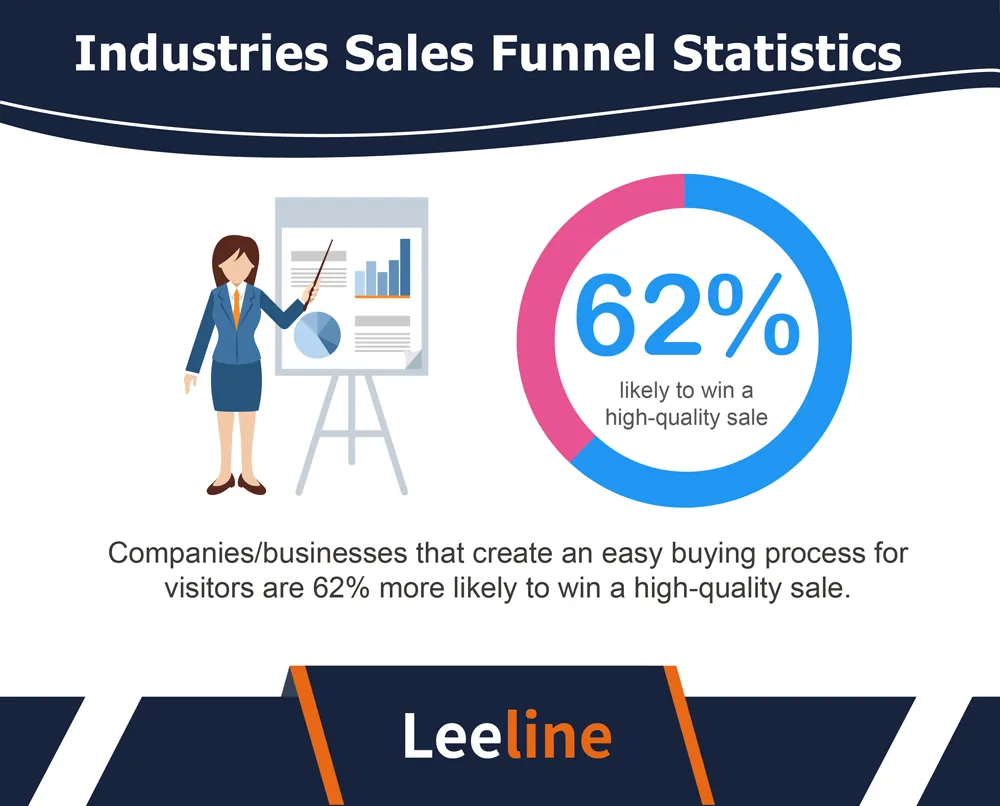
Boring Funnel #3 - Klient Boost’s Simple Offer
Klient Boost, a performance marketing agency doing $20M+ per year, uses a "boring" funnel: Homepage → Free marketing plan form → Thank you/booking page. Their branding is playful, their offer is clear, and their form is short.

They focus on social proof, human faces, and a specific deliverable. The call to action is always about value: "Get a free marketing plan."
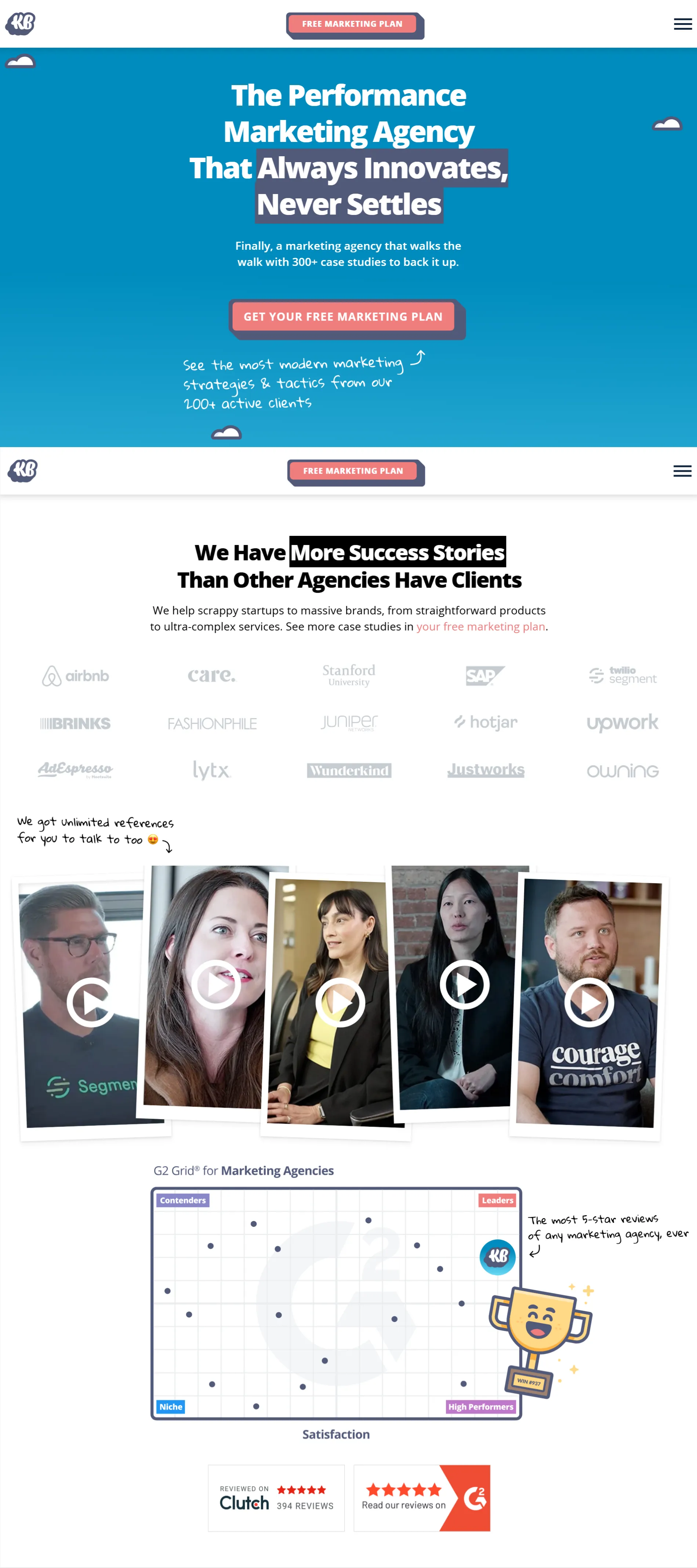
Key Takeaway: Offer a clear, valuable deliverable. Make your lead magnet or consultation irresistible by tying it to a real benefit, not just a sales call.
Bring Funnel #3 - Growbo’s 936% Growth Funnel
Here's what fueled Growbo's explosive growth: Consistent, high-quality content (twice a week), a simple lead magnet ("29 Examples of Projects You Can Delegate to Growbo"), a congrats/thank you page with a demo video, and a straightforward pricing page.
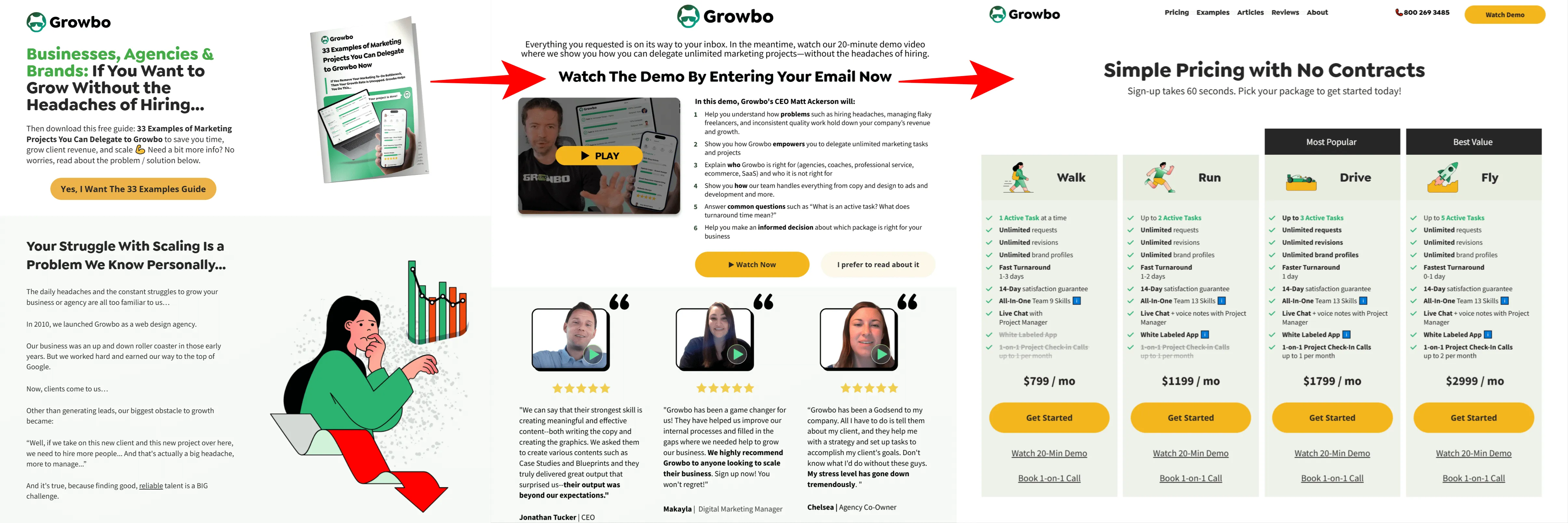
Most of our leads were already warmed up by our content before they ever saw the funnel. The "ask" came only after we'd already delivered value and built trust.
Key Takeaway: Substance over style. Focus on the content and context—what you offer and how your audience encounters it—more than the number of steps or how pretty your pages look.
The following research supports this approach. According to recent buyer behavior data, 95% of buyers choose a vendor that provides them with sufficient, helpful content throughout their journey.
When businesses invest in educational materials that guide prospects at each stage of the funnel, they dramatically increase trust—and, ultimately, conversion rates.
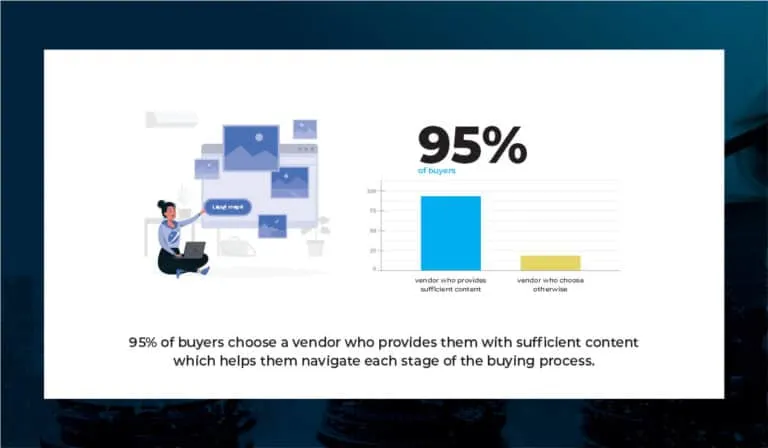
Friction: Friend or Foe?
What do all these examples have in common? They minimize friction, deliver value first, and only make the ask when the prospect is ready.
They're not chasing trends or trying to win design awards. They're focused on what actually works.
One of the most important principles is the Law of Friction: Remove unnecessary steps or form fields, and your conversion rates go up. Expedia added $12M per year just by removing the "company name" field from their checkout form.
But sometimes, adding a little friction can actually improve lead quality—especially for service businesses. The key is to test and optimize for your specific situation, not blindly copy what others are doing.
The data below backs this up. According to marketing performance studies, effective testing and precise targeting can increase conversion rates by up to 300%.
This data visualization highlights the measurable impact of effective testing and audience targeting. It reinforces the analytical principle that optimization—through A/B testing and precise targeting—can yield exponential improvements in conversion performance.
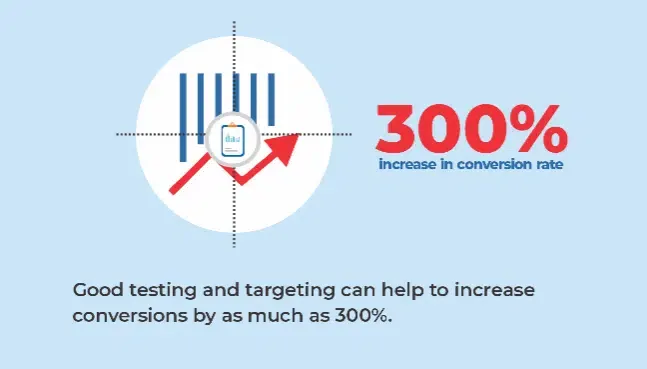
Ego: The Hidden Enemy
There's a quote I love: "Website design is mostly about ego." After nearly two decades in digital marketing, I have to agree.
When our sales really took off, the funnel we used was dead simple—just four core pages and a very basic design. It worked because it focused on what mattered: clear messaging, genuine value, and making it easy for people to buy.
Your ego—your desire to look impressive or be perfect—is the enemy of profit. The prettiest funnels often convert the worst. What matters is substance, not style.
Build Your “Boring” Funnel
- Start with value. Give away your best insights, tools, or resources up front. Build trust before you ask for anything.
- Simplify your funnel. Remove unnecessary steps, pages, and form fields. Make it as easy as possible for prospects to say yes.
- Use retargeting. Warm up your audience with helpful content, then follow up with offers when they're ready to buy.
- Focus on substance. Spend more time on your messaging and what you're offering than on design tweaks or fancy animations.
- Test and iterate. Every business is different. Test your funnel, measure the results, and keep improving based on data—not opinions.
Conclusion
If you're tired of chasing design trends, burning money on complex funnels, or feeling stuck because yours isn't "perfect," this is your wake-up call.
Boring funnels convert because they focus on what matters: delivering real value, building trust, and making it easy for people to buy. It's not about being flashy—it's about being clear, helpful, and direct.
So take a hard look at your funnel. Where can you simplify? Where can you add more value up front? Where is your ego getting in the way of results?
Remember: The simplest solution is often the most profitable.
Here's the reality—building these "boring" funnels still requires quality execution. You need consistent content creation, funnel design, copywriting, email sequences, and ongoing optimization. As we learned during our 936% growth, the hard part isn't complexity—it's having the bandwidth to execute consistently.
That's why we built Growbo: an all-in-one marketing team that handles your funnel design, content, emails, and optimization without the hiring headaches. Unlimited marketing projects for a flat monthly fee, at a fraction of the cost of one specialist.
Want to delegate your marketing and focus on growing your business? Check out Growbo and see how we can help you build your own boring but profit-printing funnel.
If you found these insights valuable, leave a comment or share them with someone who needs to hear this message.
Keep Growing, Stay Focused,
Image Credits:
1. https://www.ileeline.com/sales-funnel-statistics/
2. https://khrisdigital.com/sales-funnel-statistics/
3. https://passivesecrets.com/sales-funnel-statistics/



